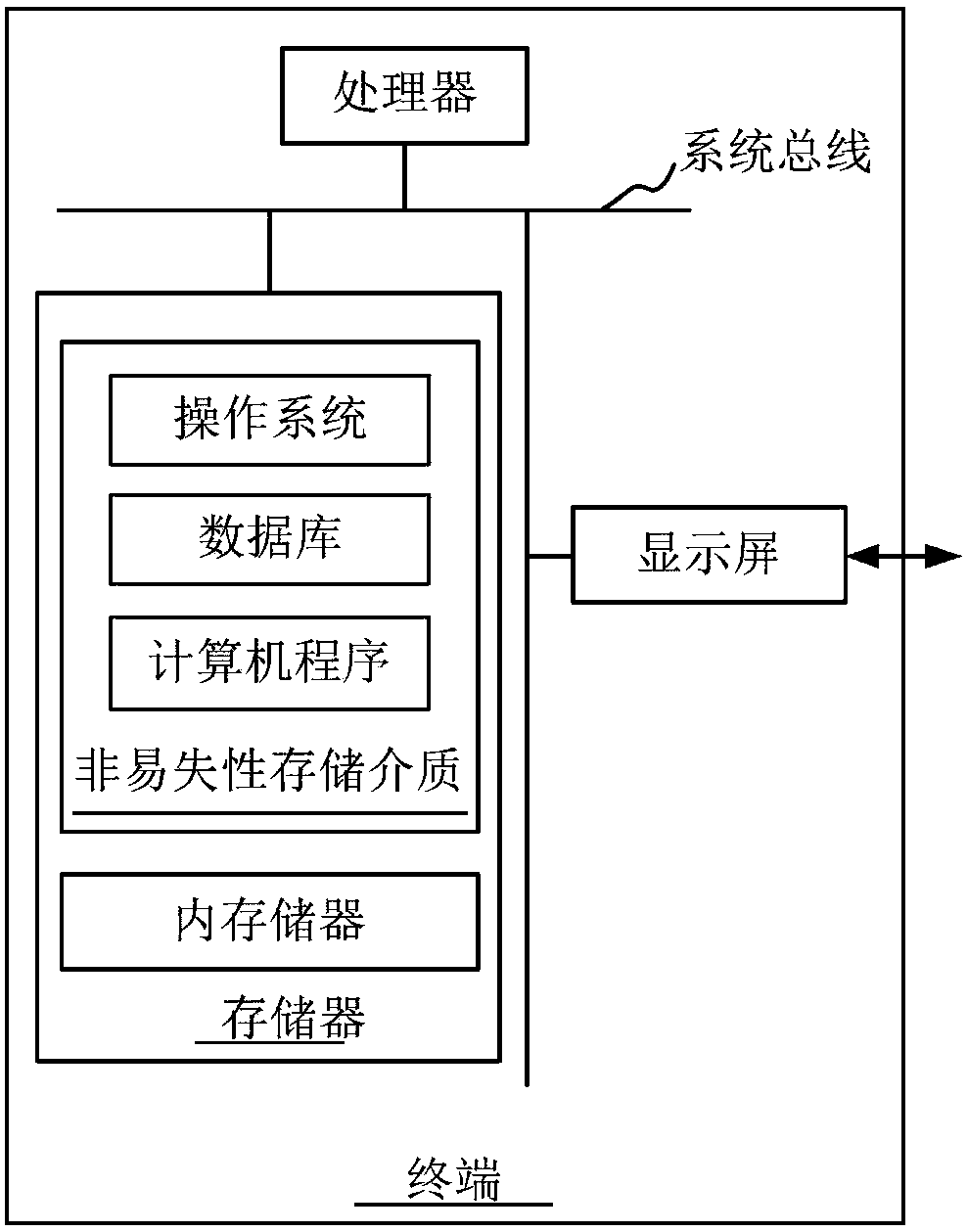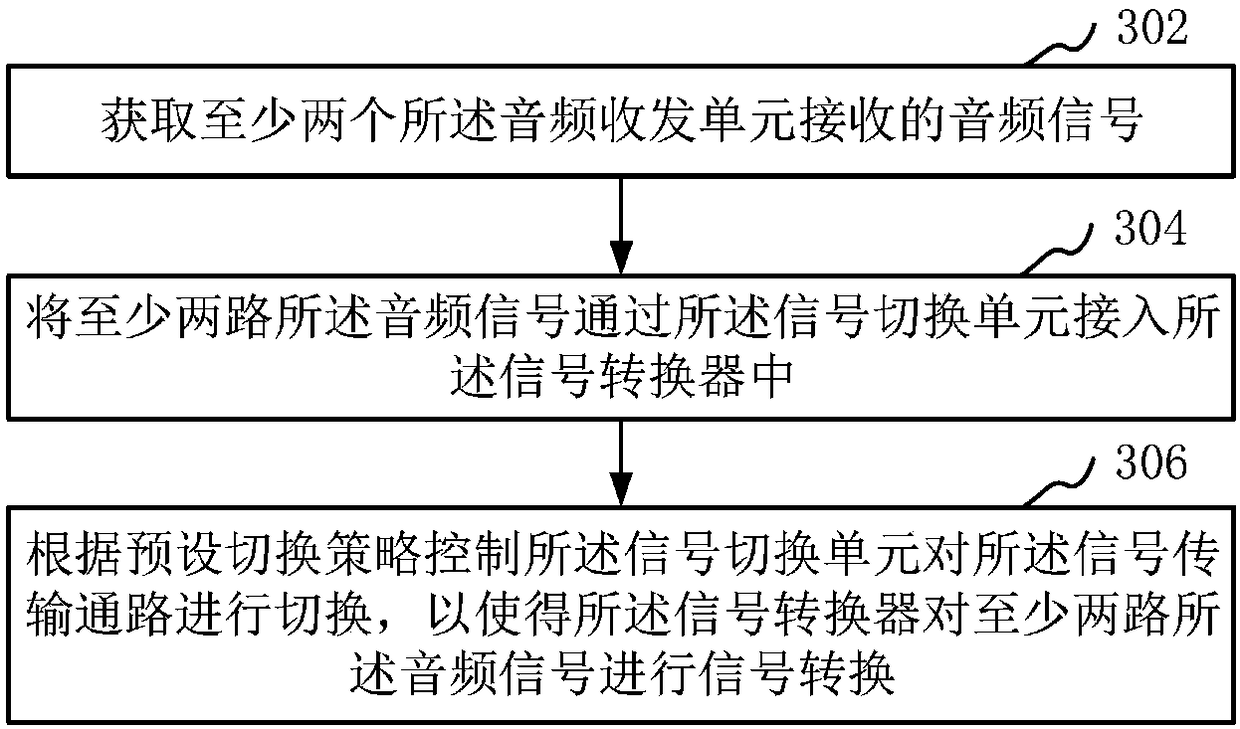Signal switching method and device, terminal, earphone and computer readable storage medium
A signal switching and signal conversion technology, applied in signal processing, speaker distribution signal, electrical components, etc., can solve the problems of inability to provide other devices, waste of resources, and consumption of hardware resources, so as to improve utilization, save hardware costs, and reduce Effect of Signal Converter
- Summary
- Abstract
- Description
- Claims
- Application Information
AI Technical Summary
Problems solved by technology
Method used
Image
Examples
Embodiment Construction
[0027] In order to make the purpose, technical solution and advantages of the present application clearer, the present application will be further described in detail below in conjunction with the accompanying drawings and embodiments. It should be understood that the specific embodiments described here are only used to explain the present application, and are not intended to limit the present application.
[0028] Unless otherwise defined, all technical and scientific terms used herein have the same meaning as commonly understood by one of ordinary skill in the technical field to which this application belongs. The terms used herein in the description of the application are only for the purpose of describing specific embodiments, and are not intended to limit the application.
[0029] figure 1 It is a schematic diagram of the application environment of the signal switching method in one embodiment. In this embodiment, the signal switching method is applied to devices with a...
PUM
 Login to View More
Login to View More Abstract
Description
Claims
Application Information
 Login to View More
Login to View More - R&D
- Intellectual Property
- Life Sciences
- Materials
- Tech Scout
- Unparalleled Data Quality
- Higher Quality Content
- 60% Fewer Hallucinations
Browse by: Latest US Patents, China's latest patents, Technical Efficacy Thesaurus, Application Domain, Technology Topic, Popular Technical Reports.
© 2025 PatSnap. All rights reserved.Legal|Privacy policy|Modern Slavery Act Transparency Statement|Sitemap|About US| Contact US: help@patsnap.com



